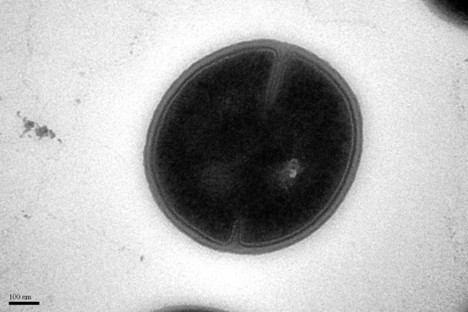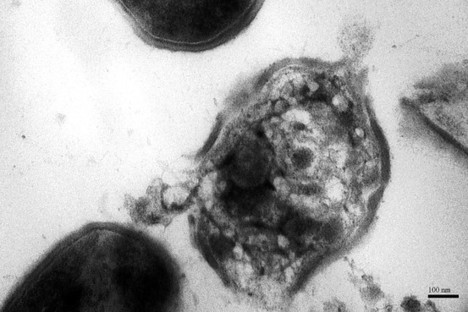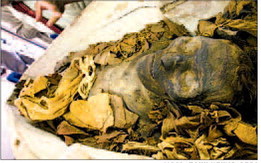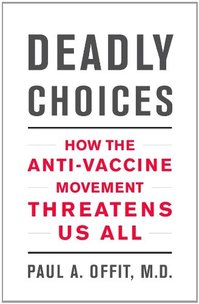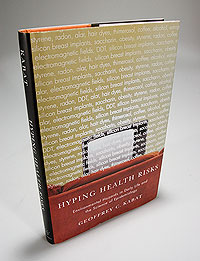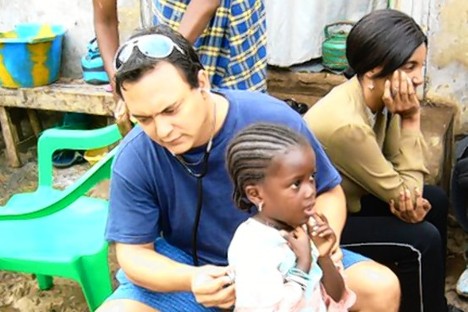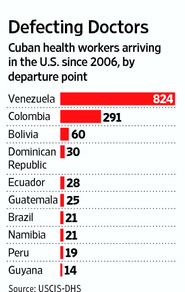(p. 6) A decade ago, half of all Mexicans had no health insurance at all. Then the country’s Congress passed a bill to ensure health care for every Mexican without access to it. The goal was explicit: universal coverage.
By September, the government expects to have enrolled about 51 million people in the insurance plan it created six years ago — effectively reaching the target, at least on paper.
The big question, critics contend, is whether all those people actually get the health care the government has promised.
. . .
The money goes from the federal government to state governments, depending on how many people each state enrolls. From there, it is up to state governments to spend the money properly so that patients get the promised care.
That, critics say, is the plan’s biggest weakness. State governments have every incentive to register large numbers, but they do not face any accountability for how they spend the money.
“You have people signed up on paper, but there are no doctors, no medicine, no hospital beds,” said Miguel Pulido, the executive director of Fundar, a Mexican watchdog group that has studied the poor southern states of Guerrero and Chiapas.
Mr. Chertorivski acknowledges that getting some states to do their work properly is a problem. “You can’t do a hostile takeover,” he said.
The result is that how Mexicans are treated is very much a function of where they live. Lucila Rivera Díaz, 36, comes from one of the poorest regions in Guerrero. She said doctors there told her to take her mother, who they suspected had liver cancer, for tests in the neighboring state of Morelos.
For the full story, see:
ELISABETH MALKIN. “Mexico Struggles to Realize the Promise of Universal Health Care.” The New York Times, First Section (Sun., January 30, 2011): 6.
(Note: the online version of the story is dated January 29, 2011 and has the title “Mexico’s Universal Health Care Is Work in Progress.”)
(Note: ellipsis added.)

